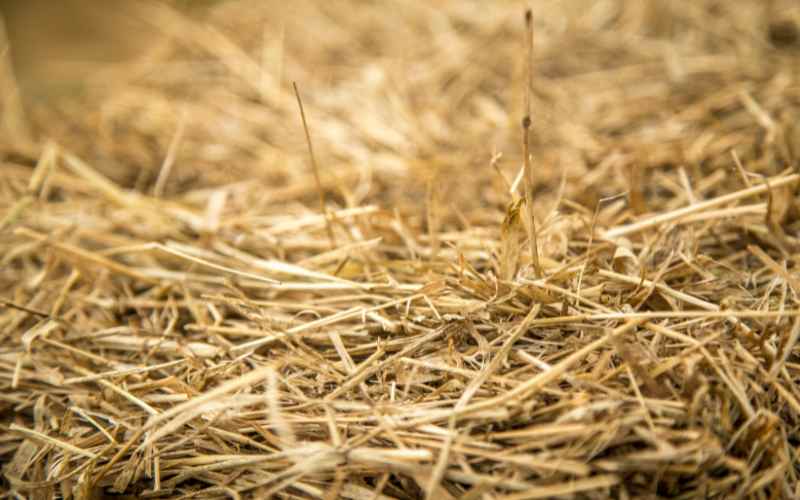
If you’re growing hay in Australia, timing is everything. Plant too early, and you risk slow germination. Cut too late, and your hay loses nutritional value. Whether you’re a seasoned grower or just getting started, understanding your region’s climate and your crop’s lifecycle can make all the difference between a good hay season and a great one.
This guide walks you through the full hay journey – from planting to cutting – with real-world advice tailored to Australian conditions.
Before we talk about timing, it’s worth thinking about what you’re growing. In Australia, most hay comes from:
Each crop type has its own window for sowing and cutting, and choosing the right one for your area matters just as much as getting the dates right.
Most hay across southern Australia is planted in autumn, once the weather cools and the season’s break brings moisture. This suits cool-season crops like:
Best suited to: VIC, SA, southern NSW, WA’s wheatbelt, and TAS
Top tips:
In northern regions or in years with a missed autumn break, some growers sow hay in spring using warm-season varieties.
Common crops:
Best suited to: QLD, northern NSW, NT
Watch-outs:
Getting the cutting time right is what separates top-grade hay from the rest. The goal? Maximise nutritional value, leaf retention, and overall yield, without leaving the crop too late and letting it become dry and stemmy.
Cutting too early reduces bulk. Cutting too late can lower protein and energy, especially in cereal hay.
Here’s when to watch for the ideal stage:
|
Crop |
Cutting Stage |
Why it matters |
|
Cereal hay |
Boot to early milk stage |
Best combo of protein, energy, and yield |
|
Lucerne |
10% flowering |
Highest leaf retention, good regrowth |
|
Pasture grasses |
Just before heading |
More digestible, higher protein |
|
Sorghum / Millet |
Pre-head emergence |
Avoids lignification (stem becoming woody) |
Rather than fixating on dates, trust the plant. For example, with oats, gently squeeze a seed – if it produces a milky fluid, you’re at the sweet spot for cutting.
Even when your crop is ready, the weather might not be. Moisture and temperature affect curing – and wet hay is prone to mould, rot, and even spontaneous combustion.
Aim for:
Avoid:
Pro tip: If weather is borderline, conditioning your hay (with rollers or crimpers) or tedding it can speed up drying and reduce risk.
Australia’s diverse climates mean hay timing varies widely. Here’s a quick reference:
|
Region |
Sowing time |
Cutting period |
|
VIC / SA / southern NSW |
March–May |
October–November |
|
WA wheatbelt |
April–May |
October–early December |
|
Northern NSW |
March–May or August |
September–November |
|
QLD inland |
Feb–April (warm-season) |
Aug–October |
|
TAS |
September–October |
December–January |
Always keep an eye on local conditions. In high rainfall areas, you may need to cut slightly earlier to beat the wet season.
Even experienced growers can get caught out. Here are a few traps to steer clear of:
Planting and cutting hay isn’t just about dates – it’s about reading the season, your soil, your crop, and the forecast. Every farm is different, but if you stay tuned in to the signs around you, you’ll make smarter decisions at every step.
Remember: you only get one good shot at cutting hay each season. A well-timed cut means better quality, happier stock, and stronger prices if you’re selling.
If you’re just getting started or unsure about timing, don’t be afraid to chat with neighbours, local agronomists or even your hay buyer. Their experience, combined with your own observations, is your best guide.
Search our marketplace